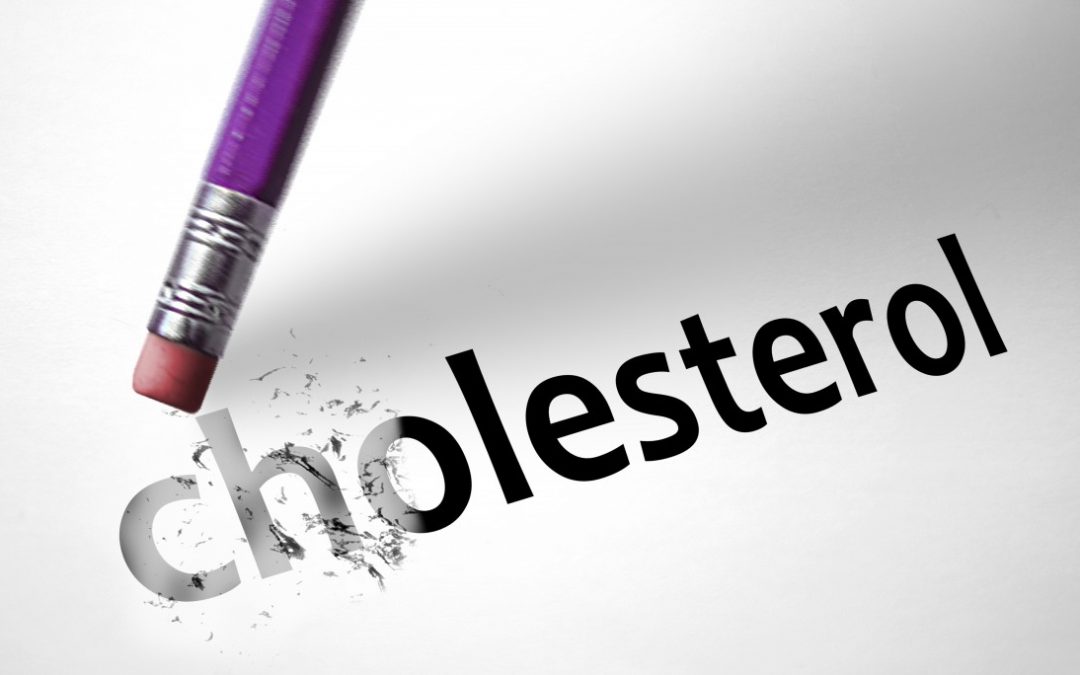Fiber is the universal "good guy" of the nutrition world, but did you know including fiber in your diet helps naturally improve blood cholesterol levels? To understand why, we need to learn a little about cholesterol first. I’m sure we’ve all heard cholesterol’s bad rep, and many of us are trying to keep it to a minimum in our diet. In general, cholesterol is obtained only through the consumption of animal products and circulates through our blood while creating cells, hormones, and vitamin D. That being said, dietary cholesterol we consume has very little to do with our blood cholesterol levels. Cholesterol is actually a very important component to our body, but it’s necessary to remember that there are two categories: HDLs and LDLs. They are differentiated by the method in which they are carried through the blood. This is how we’ve come to understand the terms of “good” and “bad” cholesterol. The cholesterol is the same, but the lipoprotein carriers they are attached to differ. LDL (low-density lipoprotein) is cholesterol that is carried through the blood, and can often build up along the walls of your arteries. While some cholesterol is needed in the body to perform the functions mentioned above, excess cholesterol intakes can lead to a heart attack or stroke due to the buildup of LDLs in arteries. On the other hand, HDLs (high-density lipoproteins) counteract the harmful effects of LDLs. HDLs transport cholesterol from other parts of the body back to your liver, where the liver can then rid the body of the cholesterol.
So what does fiber have to do with cholesterol? Unlike insoluble fiber, soluble fiber can be broken down during digestion. When it comes into contact with water, it forms a gel like substance that coats bile (digested food), which eventually leads to slower movement of the food through the small intestine. Because the bile is surrounded by the fiber, the bile is much harder to be absorbed through the intestines. To compensate for this lack of absorption that the body needs, the liver must work harder to create more bile salts. Here’s where cholesterol comes in! The bile salts are made by LDLs, which just so happen to be the type of cholesterol that the body needs to get rid of. So to produce the bile salts, LDLs are pulled out of the bloodstream (where they are wandering around potentially forming a blockage). In the end, fiber and cholesterol form a chain reaction. The more soluble fiber that is consumed, the more bile salts must be produced, and therefore the more LDLs must be pulled from the bloodstream, which in turn, helps to keep your cholesterol levels in check.

